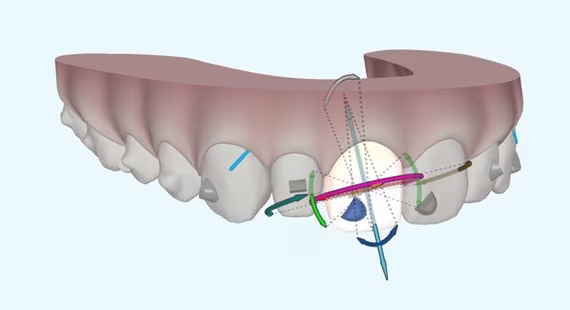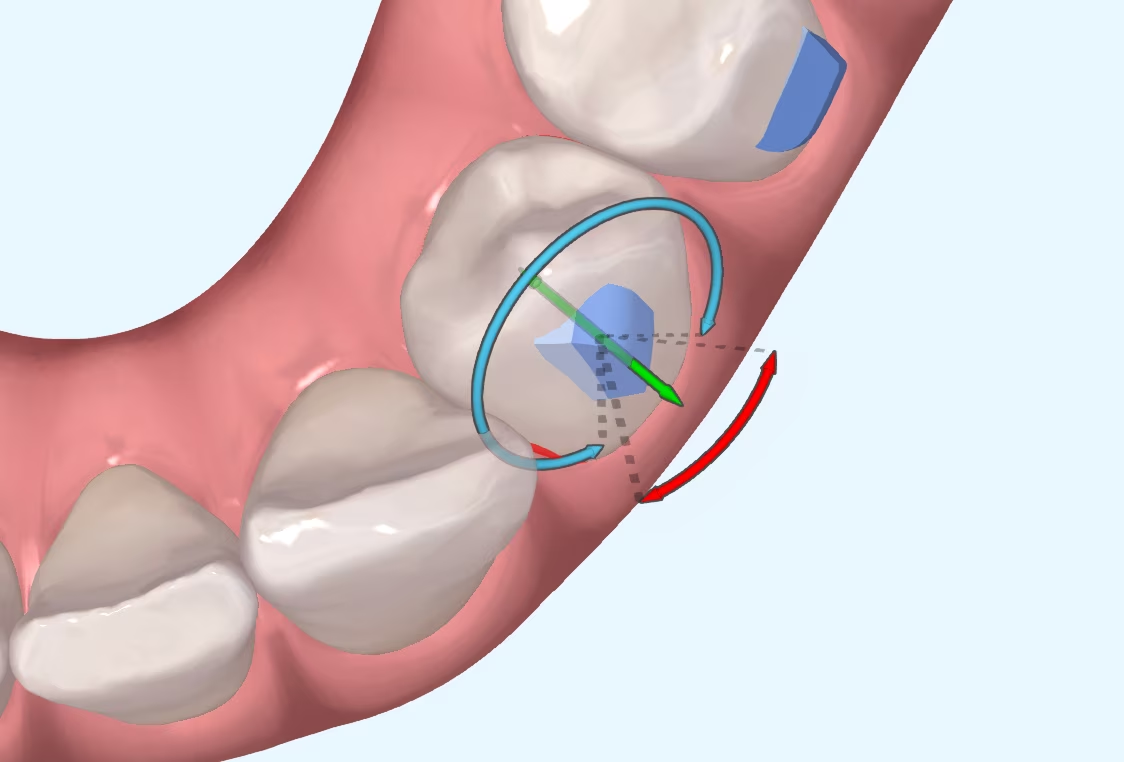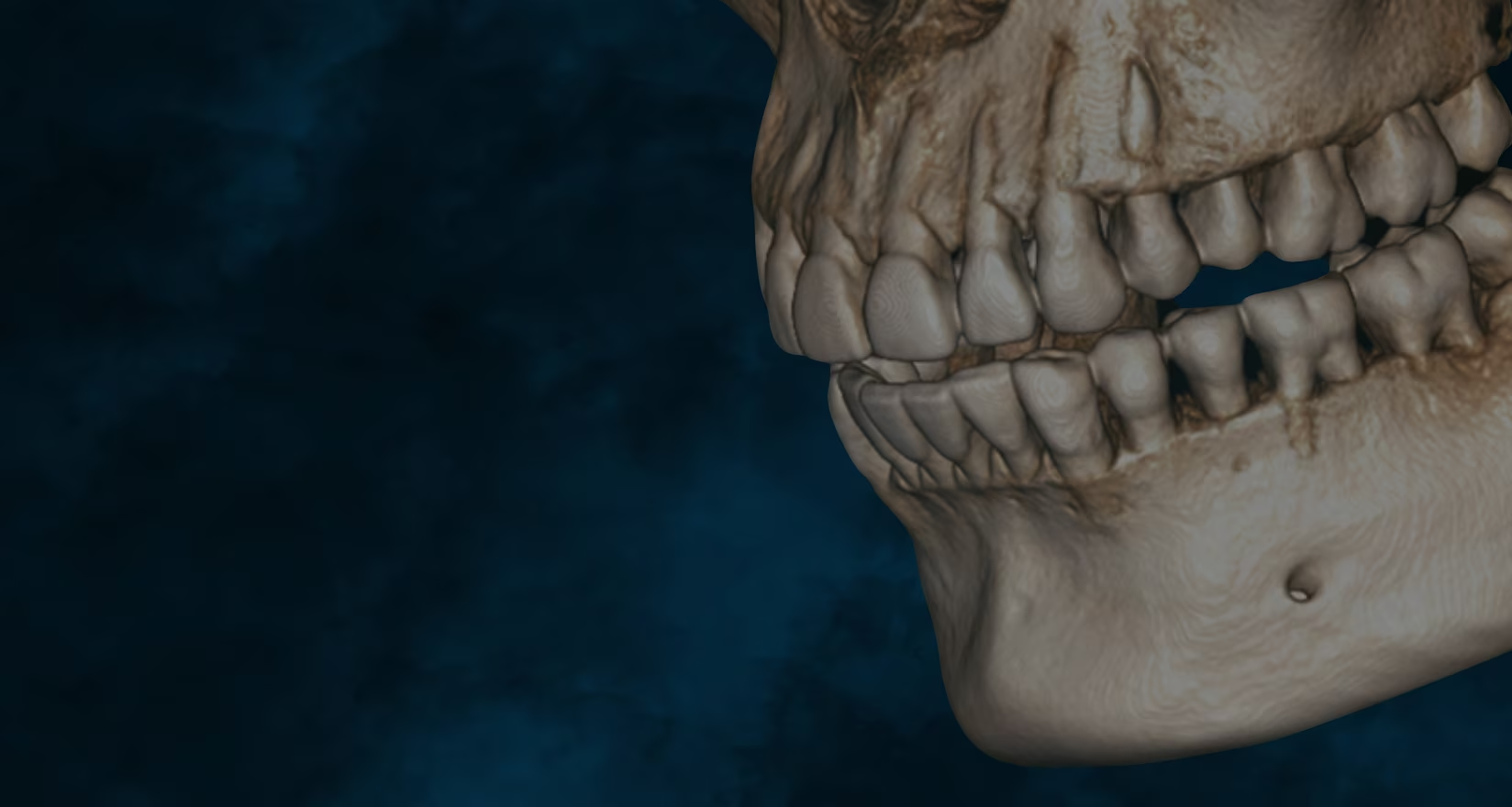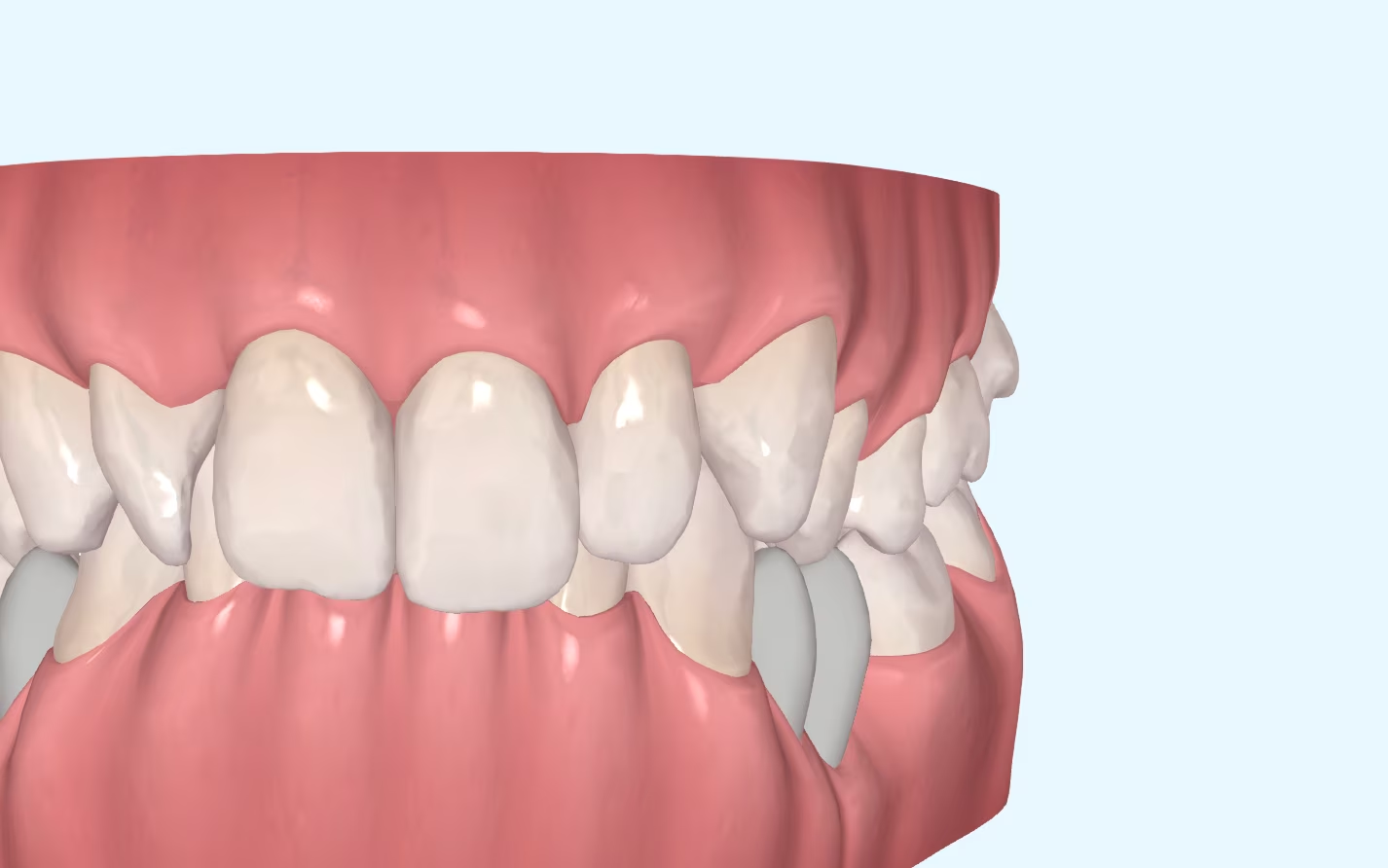
Invisalign ClinCheck: 5 reasons to work with it
Introduction: Initial Considerations If you work with aligners, I'm sure that more than once you've considered changing brands, although most probably

How many of us, when we finish an orthodontic case, think that the job is finished? That feeling of happiness and "freedom" that the patient transmits to us when we remove the brackets or attachments and we can see the smile that had been hidden under them for so many months or years makes us relax and believe that we have done our job. The reality is very different, as we have only completed the first part of the process. From this point on, the struggle against human nature begins: to keep stable something that is, in essence, unstable. No matter how well we have carried out the orthodontic treatment, no matter how well all the teeth are properly positioned in relation to their bony bases and the occlusal contacts are balanced, in 99% of our patients the teeth will have a greater or lesser tendency to return to their initial situation. To counteract this effect, we will place retainers which, supposedly, will prevent the undesired movements described above and will help us to maintain the results of the treatment in the medium to long term.
There is no consensus with supporting scientific evidence on the ideal retention protocol. Different types of fixed and removable retainers have been suggested, with different materials and protocols for use, but there is a lack of evidence on the superiority of a particular retention protocol for stability after orthodontic treatment. Of course, the retention protocol will not be the same for all patients, it will be adapted to the initial malocclusion and the functional components that may affect the relapse of the case. We can classify the retentions used in orthodontics into two main categories:

As we said, fixed retainers, in addition to having a limited action, can cause numerous complications, such as partial or total dislodgement, unwanted tooth movement, torque changes, fenestrations, dehiscence and recession. These problems can have a detrimental effect on the patient's periodontal health, especially in the lower canines. The wire we use for fixed retention will also favour the appearance of these complications if we do not follow the proper guidelines for its placement.
Braided wires are most commonly used as fixed retainers. However, the braids of which these wires are made will tend to unscrew over time. This unscrewing will occur slowly, moving the anterior teeth over the years. To avoid this problem, make sure you buy "passive" wires or, if you buy traditional braided wires, make them passive by burning the retainer with a lighter or blowtorch before fitting. In this way, the braided structure will remain stable in the long term.
Even if the fixed retainers are placed correctly, they may not be sufficient to keep the teeth in position. It is relatively common to see patients who come for a portrait because their teeth have moved but they still have fixed retainers in their mouth, both those treated with brackets and those treated with aligners. For this reason, if we reinforce the fixed retention with removable retention, we will be giving the patient a double guarantee. Another option that exists, if we want to avoid complications with fixed retainers, is not to place them and use only the removable retainer. This solution is practical and the most hygienic of all, but we depend entirely on the patient's cooperation. It seems that there is no perfect retention... what is your preferred protocol?
Abu Arqub S, Al-Moghrabi D, Tsichlaki A, Sanders D, Uribe F. The dar side of fixed retainers: Case series. Am J Orthod Dentofacial Orthop 2023.

Introduction: Initial Considerations If you work with aligners, I'm sure that more than once you've considered changing brands, although most probably

Introduction I suppose many of you are familiar with the myth of Achilles, the Greek hero who was submerged as a child in the River Styx by his mother in order to

What is CBCT? CBCT is a medical imaging technique that uses a special type of computed tomography (CT) scan to obtain three-dimensional images.

Challenges of Overbite In the more than 20 years that we have been working with invisible orthodontics, we have gone from considering some malocclusions "impossible" to daring to

It is not a question to make us feel guilty. It is only a question that invites us to reflect, to think about the impact we can have in